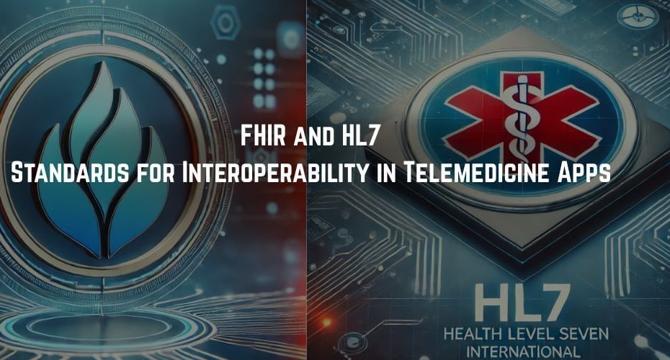Dev
1M
369

Image Credit: Dev
FHIR and HL7 Standards for Interoperability in Telemedicine Apps
- FHIR and HL7 standards play a crucial role in ensuring healthcare interoperability and secure patient data exchange in telemedicine apps.
- HL7 is a set of international standards for electronic health information exchange, while FHIR simplifies data exchange using RESTful APIs.
- FHIR offers modern, developer-friendly features like support for mobile apps and cloud services, unlike the HL7 v2 and v3 standards.
- FHIR enhances EHR/EMR integration, enables real-time data access, and ensures secure patient data exchange in telemedicine.
- Challenges in implementing FHIR include data standardization, compliance with regulations, integration complexity, and security risks.
- Integration tips include using FHIR-compliant APIs, implementing SMART on FHIR for authentication, and leveraging cloud-based storage.
- The future of telemedicine will leverage FHIR and HL7 to support predictive analytics, IoT devices, and remote patient monitoring.
- Key benefits of FHIR include improved data accessibility, security, scalability, and mobile integration in telemedicine apps.
- Overall, FHIR and HL7 standards empower developers to create secure and interoperable telemedicine solutions, enhancing patient care.
Read Full Article
22 Likes
For uninterrupted reading, download the app